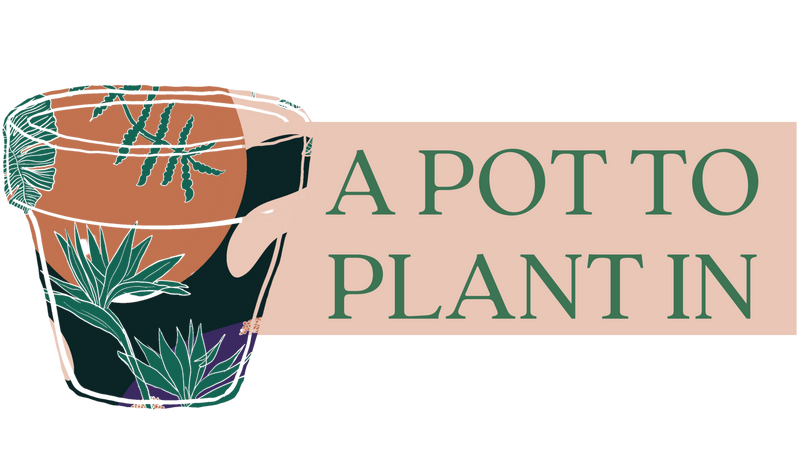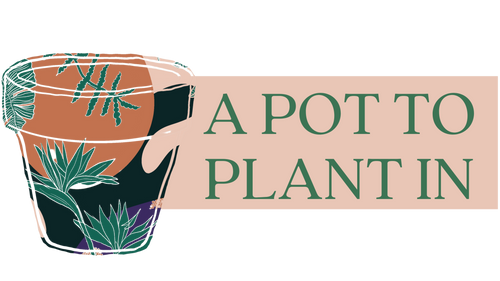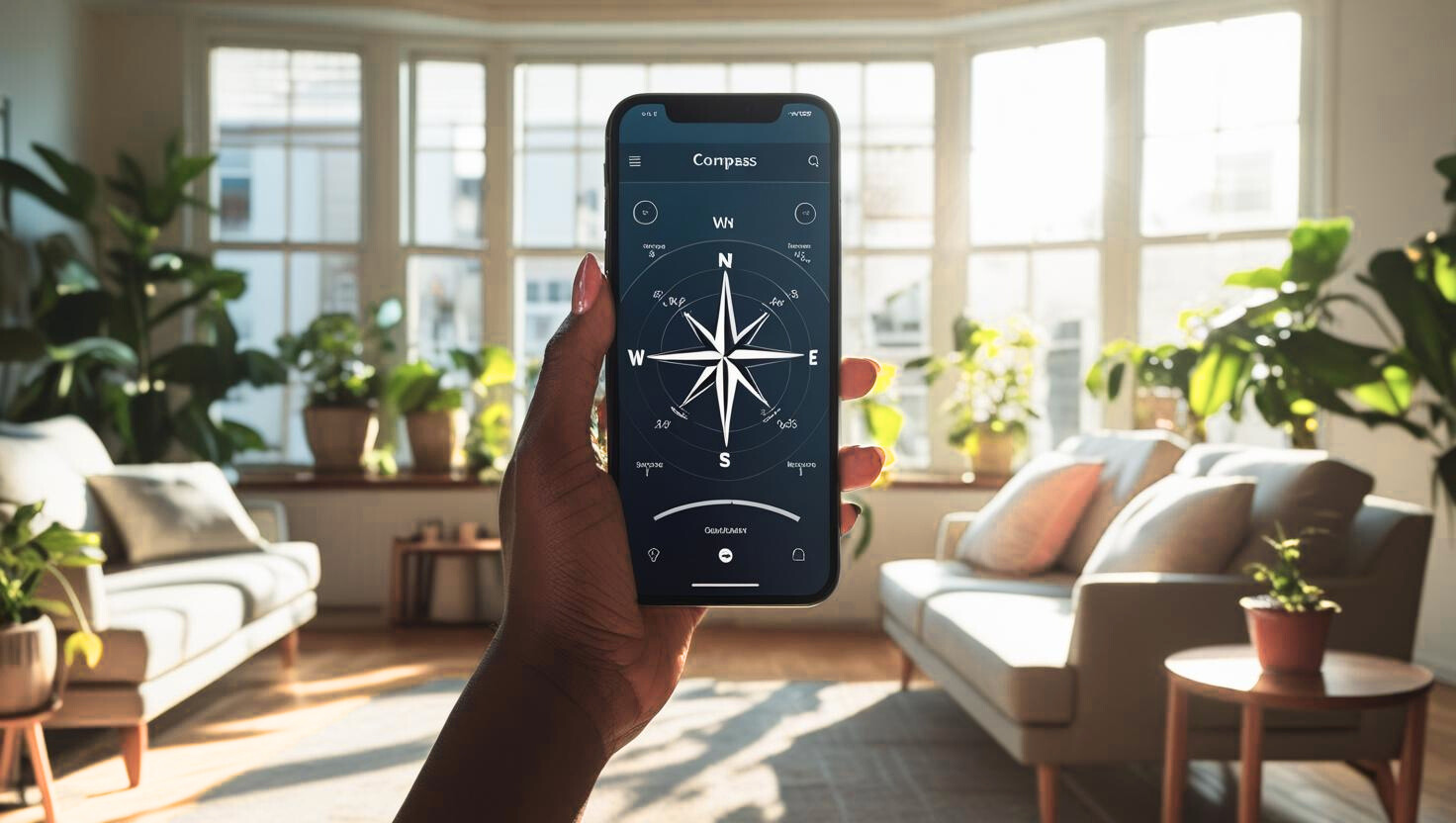How much light does my plant need?
Understanding Lighting for Houseplants: "Let There Be Light"
When it comes to houseplant care, the number one reason most people believe they “don’t have a green thumb” has nothing to do with skill... and everything to do with lighting.
The truth is, if you’ve ever watched a plant wither and thought, "Maybe plants just hate me," it’s more likely that your space and your plant weren’t the right match. Whether you bought a plant because it was pretty or inherited one as a gift, it’s okay... it doesn’t mean you failed. It just means it’s time to learn a little more about your lighting conditions before trying again.
Use the Tool You Already Have... Your Cell Phone!
Every smartphone comes with a free compass app... use it to determine which direction your windows face.
This one small step is the key to figuring out what kind of light your plant receives throughout the day.
Try it now! Stand up in front of any window.

What Each Direction Means for Your Plants, in Your Space
South-Facing Windows
The holy grail for most plant lovers. South-facing light provides the most consistent and intense sunlight throughout the day. This is ideal for sun-loving plants like fiddle leaf figs, bird of paradise, or cacti. If you have a south-facing window, lucky you... just be cautious of direct rays that may scorch delicate leaves.
West-Facing Windows
West light gets strongest in the afternoon and evening as the sun sets. It’s intense, warm light that can be great for medium-to-bright light plants... but watch for leaf burn, especially in the summer months.
East-Facing Windows
This direction gets beautiful, gentle morning sunlight. It’s bright, but soft... ideal for plants like peace lilies, pothos, and calatheas that enjoy light without too much heat. East-facing windows are a great happy medium.
North-Facing Windows
The lowest-light option. North-facing windows receive indirect light throughout the day, which is often cool and soft... perfect for low-light lovers like snake plants, ZZ plants, and philodendrons.
Even if you have low light, adding a grow light or daylight bulbs to a nearby lamp or overhead lighting is a great option to supplement natural light.
A Few Important Things to Remember
-
Filtered Light: Even if your window faces the “right” direction, nearby trees, awnings, or buildings can block sunlight. Be aware of what's outside that may change how much light actually gets in.
-
Assess your lifestyle, too. If you’re busy, forgetful, or travel often, pair your lighting conditions with a low-maintenance plant that fits your daily rhythm.
We also offer plant sitting for the busiest of plant parents. Contact us to schedule a call to discuss your plants' needs while you travel.

Not All Pretty Plants Are Meant for Your Space... And That’s Okay
If you've ever picked up a plant just because it was pretty (haven’t we all?), only to watch it slowly decline, don’t beat yourself up. It doesn’t mean you’re bad with plants. It just means you didn’t start with the right plant for your light.
With a little research, a quick compass check, and some thoughtful pairing, you can absolutely grow a thriving indoor jungle... one plant at a time.
Need help figuring out your lighting? Stop by the shop or send us a photo to shop@apottoplantin.com. We’re happy to help match your space with the perfect green companion.



